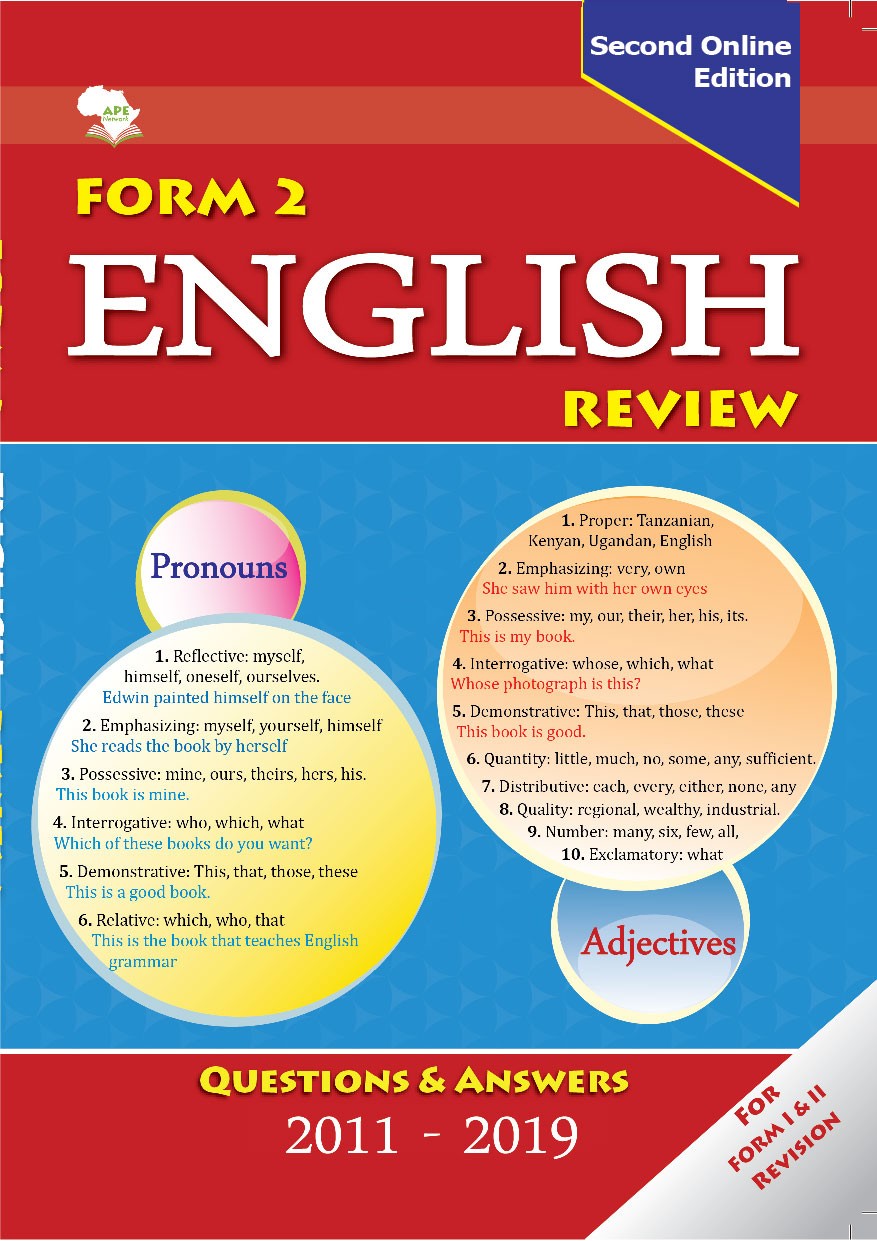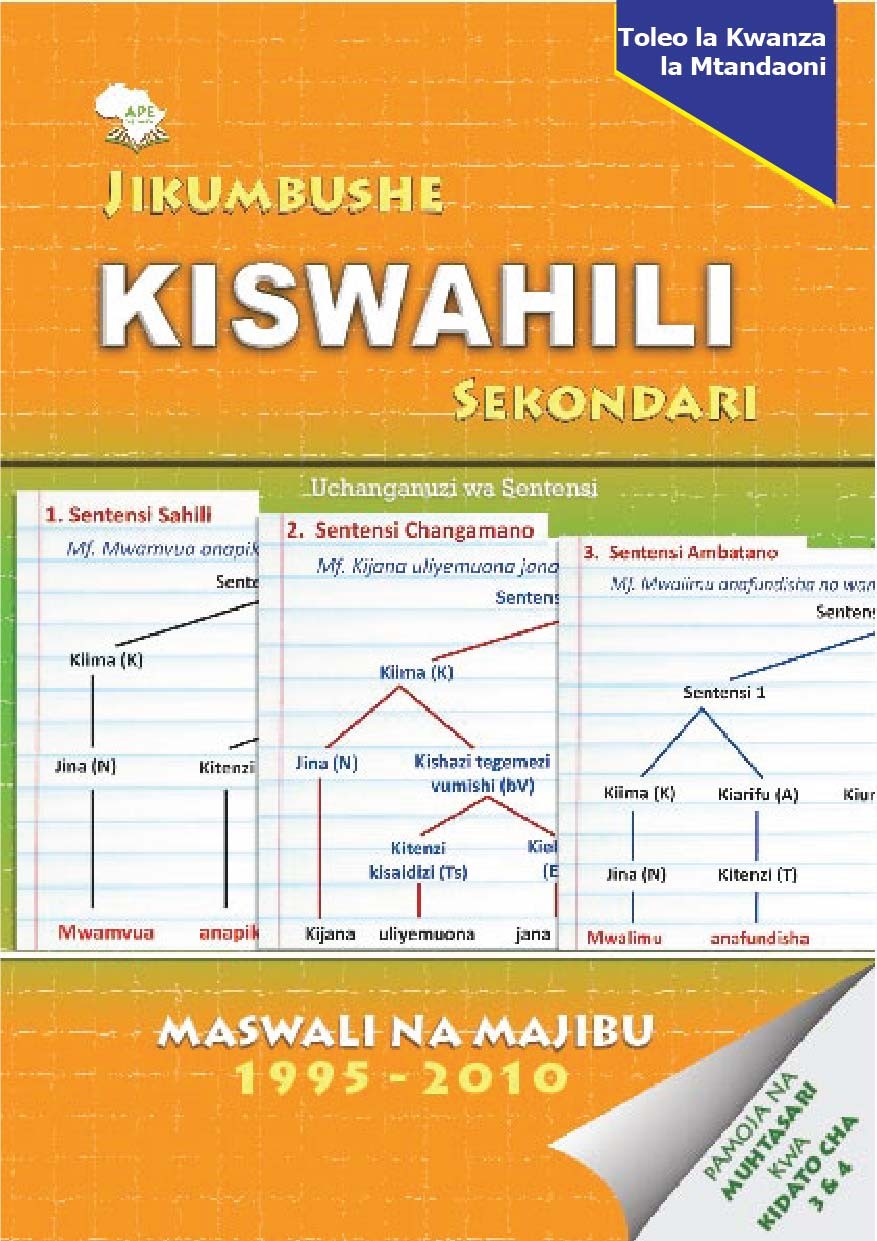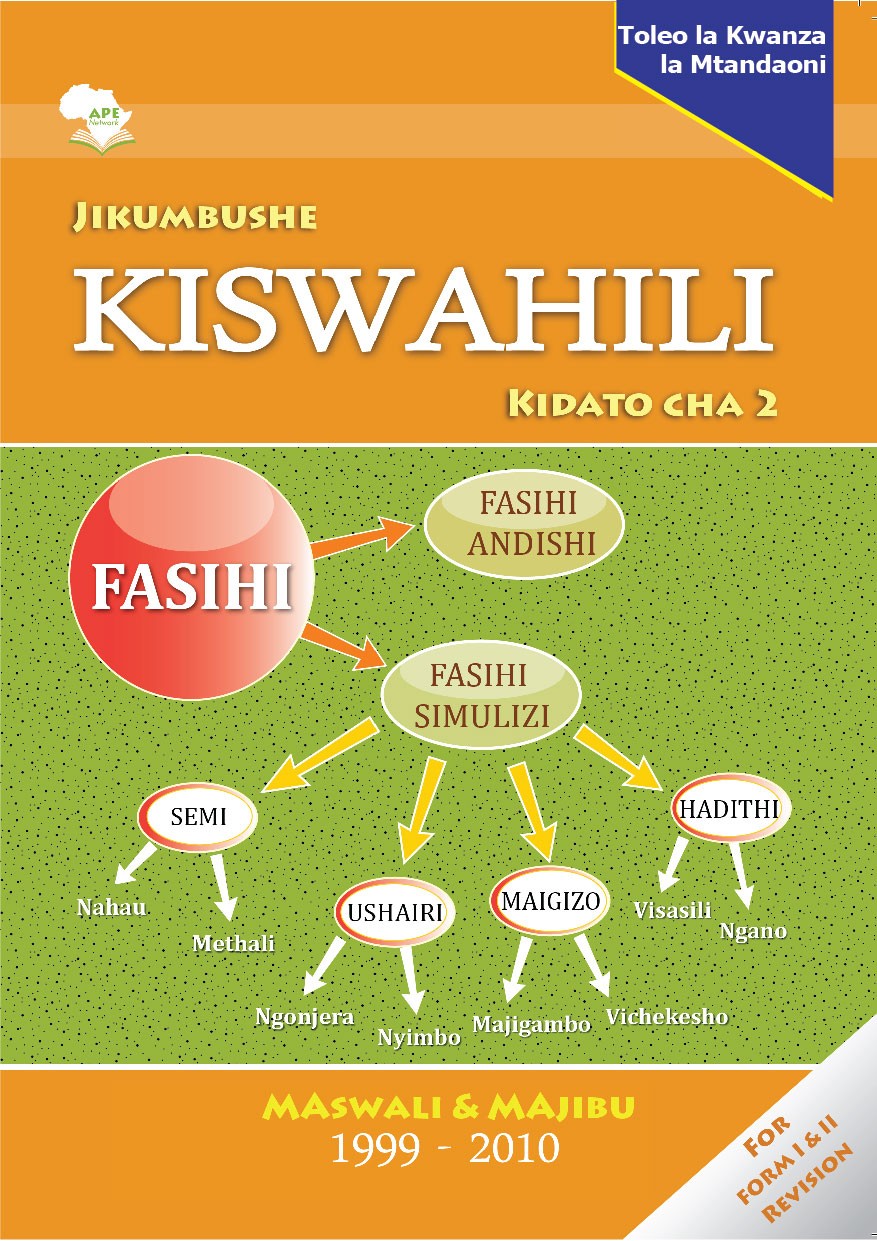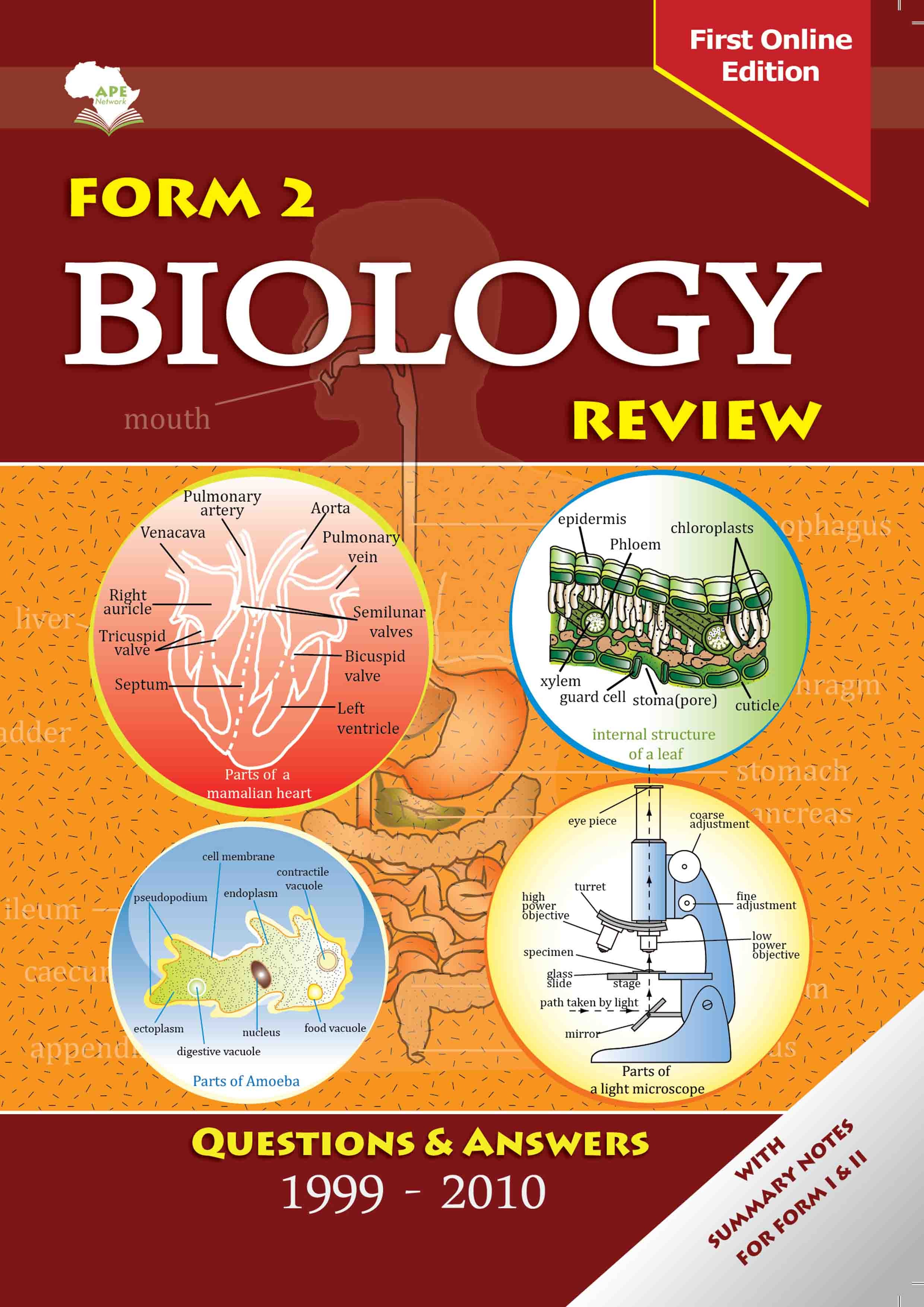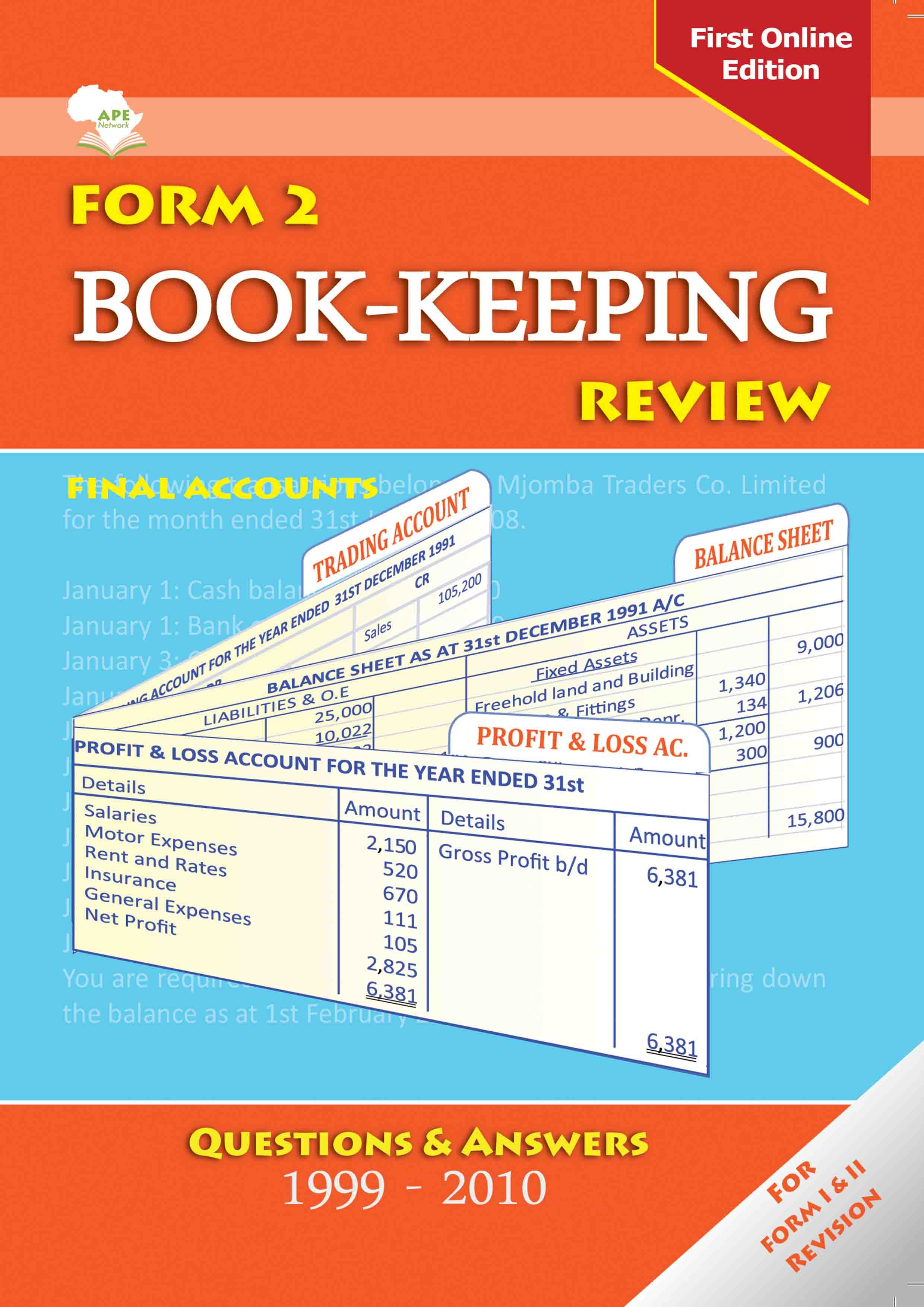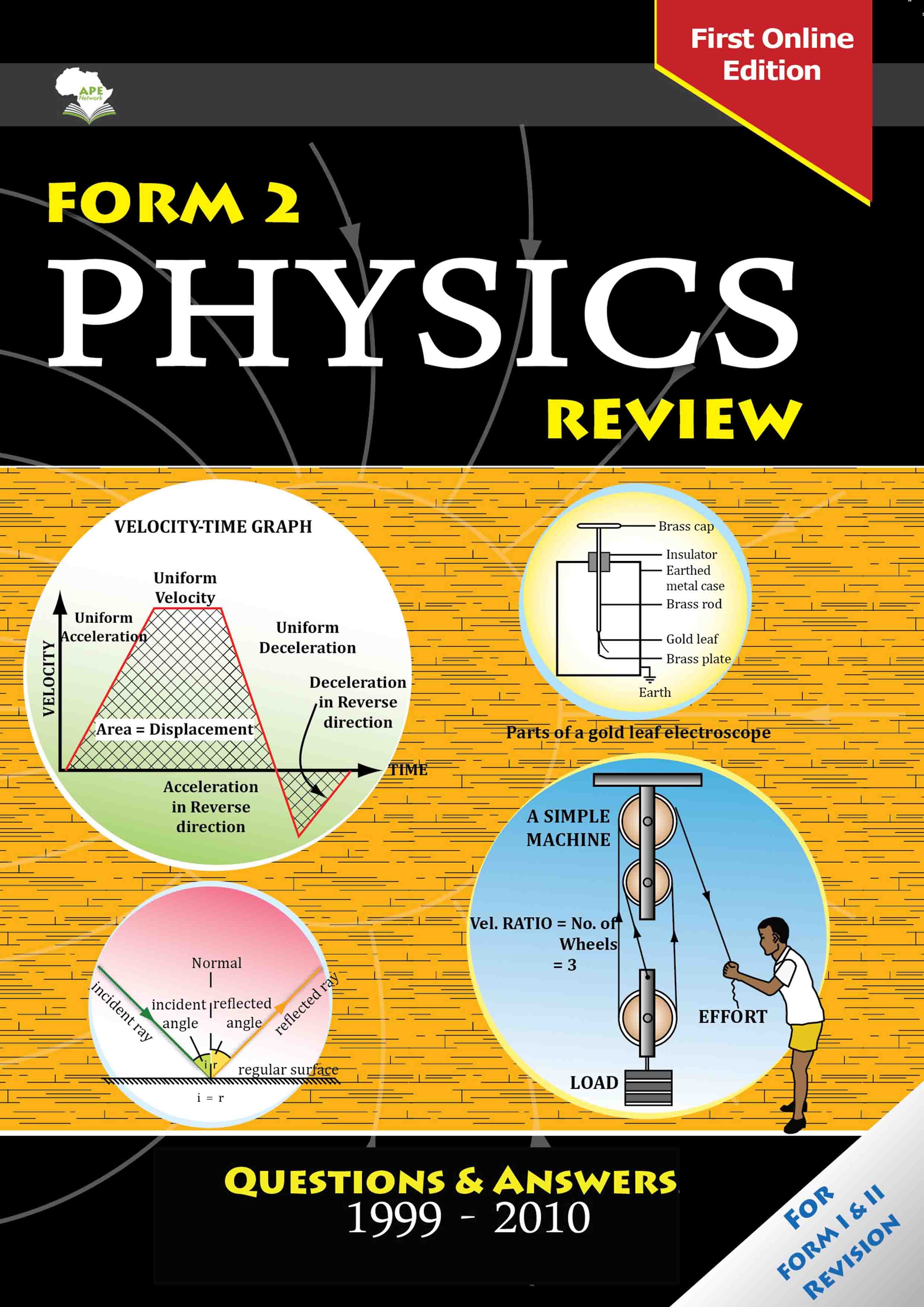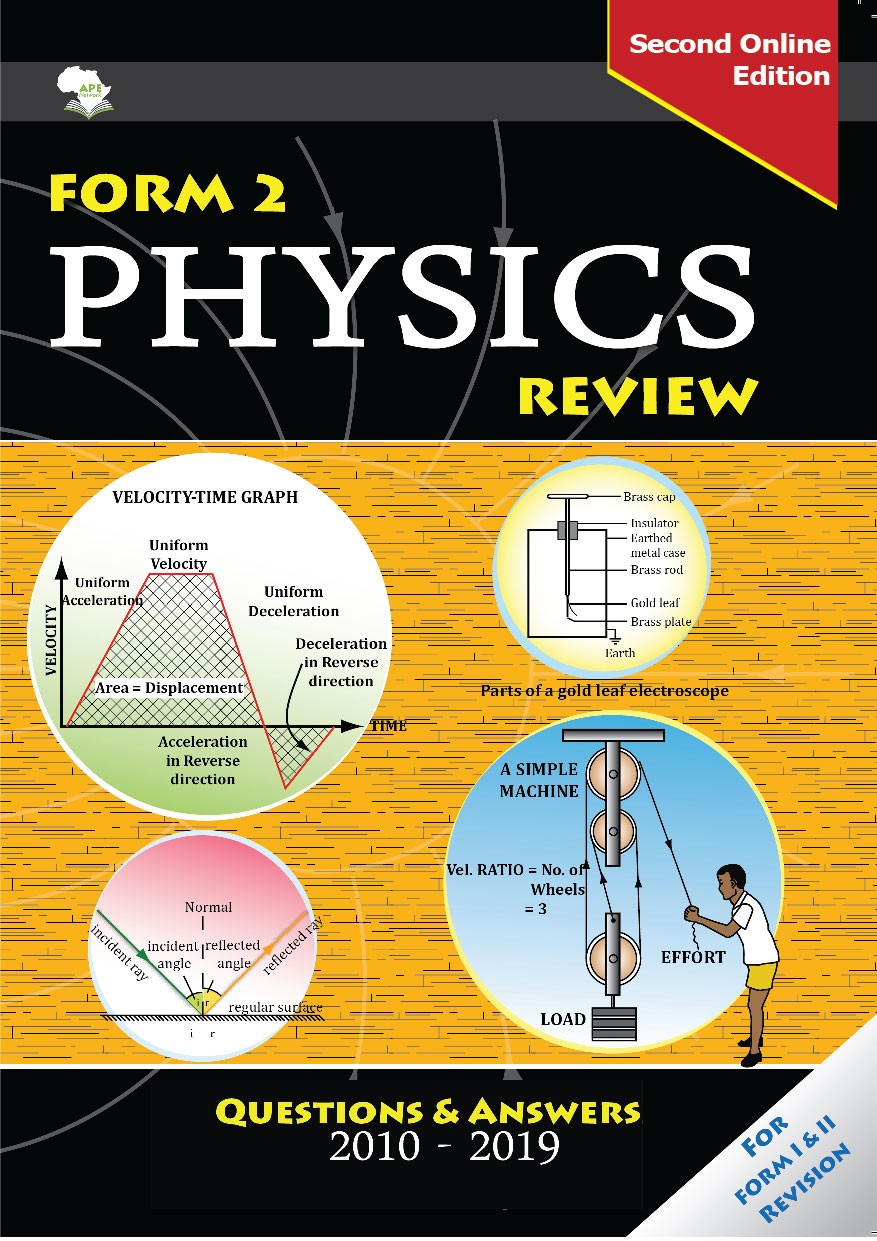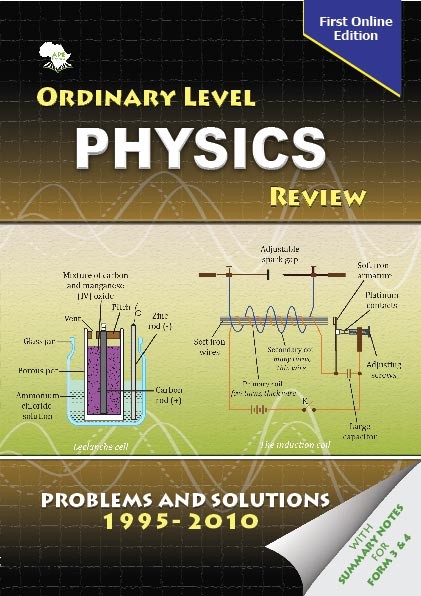BOOK OVERVIEW
This Practical Guide is designed to help both the teacher and the student in learning the skills and the procedures for conducting different Physics practicals using readily available as well as standard laboratory equipment. It also offers step by step guide notes to help the teacher in preparing, conducting, administering and evaluating practicals. This guides together with its manual (Comprehensive Manual for Physics Practicals) is meant to increase student’s understanding of science practicals, acquaint them with the procedures for conducting science practicals and improve both teachers’ and student’s performance in the field. This guide consists of a series of prescribed topics to be dealt with as per the current syllabus and examination format issued by the National Examination Council of Tanzania. The guide starts with a brief description of the science laboratory, how to prepare a laboratory, basic requirements for a science practical as well as rules and precautions to take when using the laboratory. Moreover, it gives a list of both commercial and local resources which can be used in each practical so as to achieve the desired learning outcomes. Finally, a number of essential questions from past examinations as well as actual national examination papers have been included to acquaint the user with the structure, wording and nature of practicals that come in national examinations. Many secondary schools in the country already have laboratories which are well equipped with basic laboratory equipment. However, what most of them are missing is teachers/ technicians with the right knowledge and skills to prepare, conduct and evaluate science practicals. This is what APE Network’s Practical guide books are meant to address - complementing the teaching of practicals in secondary schools by providing systematic and thorough guide notes to facilitate better setups, conduction and evaluation of practicals. In the end, we hope to improve the teacher’s mastery of the field as well as students’ understanding and response to the course. The key ingredients for success are curiosity, creativity, and ingenuity. Your responsibility as a teacher is to foster these characteristics in your students. This can be accomplished by providing your students with real hands-on experiences using readily available local resources, which will ultimately broaden their understanding of the world. When students explore the world with readily available materials instead of expensive lab apparatus and high-end chemicals – when they see parts of their own world appear in the classroom – they gain an understanding that bridges the gap between scientific theory and daily real life. This greater understanding sheds light on the world beyond the laboratory, empowering students to apply scientific thinking to any facet of their life. The hope is that this practical guide will not only serve the needs of the teachers and students with respect to science practicals/examinations, but will also make the education experience of each reader more varied, richer and relevant. It is certainly intended that the teachers and students will, as a result of using this book, become significantly more literated and better equipped to contribute to our increasingly competitive and rapidly changing society.

